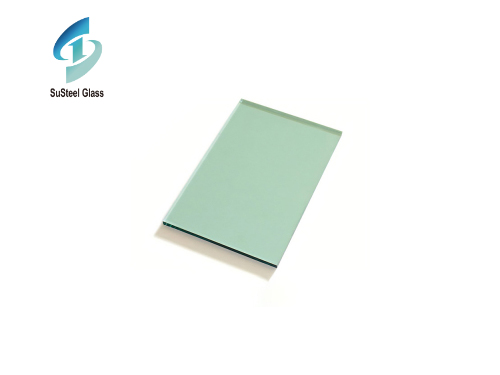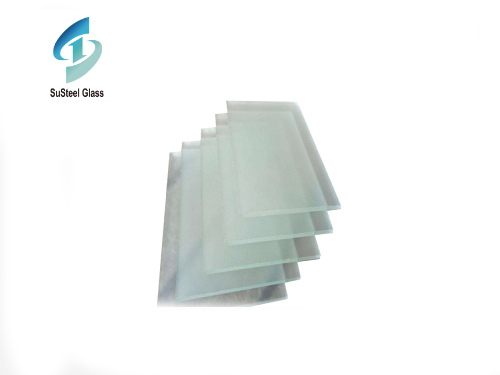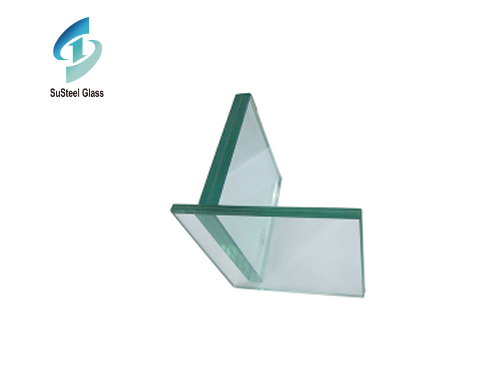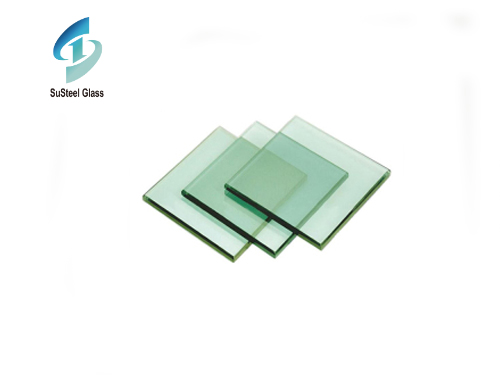In the realm of materials science and manufacturing, the emergence of
ultra-thin glass has revolutionized the landscape of technology and design. This article explores the unique characteristics, applications, and advancements associated with
ultra-thin glass, showcasing its transformative role in diverse industries.
Characteristics of Ultra-Thin Glass:
Thickness and Flexibility:
Ultra-thin glass is characterized by its exceptionally slim thickness, often measured in micrometers. This feature imparts flexibility, allowing the glass to bend and conform to curved surfaces, paving the way for innovative design possibilities.
Lightweight Nature:
Despite its thin profile, ultra-thin glass maintains a lightweight composition. This makes it an ideal material for applications where weight is a critical factor, such as in portable electronic devices.
Transparency and Optical Clarity:
Ultra-thin glass maintains high levels of transparency and optical clarity. This property is crucial in applications where visual aesthetics, display quality, and light transmission are paramount.
Strength and Durability:
Contrary to expectations, ultra-thin glass exhibits remarkable strength and durability. Advanced manufacturing processes contribute to its ability to withstand mechanical stress and environmental factors.
Applications in Technology:
Flexible Displays:
The flexibility of ultra-thin glass has led to its widespread use in flexible displays for smartphones, smartwatches, and foldable devices. This innovation allows for durable and lightweight screens that can bend and adapt to new form factors.
Foldable Electronics:
Ultra-thin glass is a key component in the development of foldable electronic devices. It serves as a resilient cover material that protects delicate electronic components while enabling seamless folding and unfolding.
Wearable Technology:
Wearable technology, including smart glasses and augmented reality devices, benefits from ultra-thin glass. Its lightweight and durable nature contribute to the comfort and longevity of wearable devices.
Architectural and Design Applications:
Glass Facades and Windows:
Ultra-thin glass is finding applications in architectural design, particularly in the construction of glass facades and windows. Its lightweight and flexible properties enable the creation of innovative and energy-efficient building designs.
Automotive Glazing:
The automotive industry has embraced ultra-thin glass for applications such as windshields and sunroofs. The material's strength and reduced weight contribute to improved fuel efficiency and overall vehicle performance.
Solar Panels:
Ultra-thin glass is being explored in the development of lightweight and flexible solar panels. Its transparency allows for the efficient capture of sunlight, while its flexibility enables integration into various surfaces.
Advancements and Future Trends:
Nanostructured Glass:
Ongoing research focuses on nanostructured ultra-thin glass, aiming to enhance its mechanical properties and introduce new functionalities. These advancements may open doors to even more innovative applications in the future.
Integration with Emerging Technologies:
Ultra-thin glass is expected to play a vital role in the integration of emerging technologies, including augmented reality, virtual reality, and the Internet of Things (IoT). Its transparent and lightweight nature aligns with the requirements of these evolving technologies.
Environmental Considerations:
Recyclability:
Efforts are being made to develop recyclable ultra-thin glass and sustainable manufacturing processes. The recyclability of this material aligns with the growing emphasis on environmentally friendly practices.
Reduced Material Consumption:
The thin profile of ultra-thin glass contributes to reduced material consumption compared to traditional glass, supporting sustainability efforts and minimizing environmental impact.
Conclusion:
Ultra-thin glass stands as a technological marvel, reshaping industries and design possibilities. Its unique combination of flexibility, transparency, and strength has propelled it into the forefront of innovation in technology, architecture, and beyond. As research and development in materials science continue, the future promises even more groundbreaking applications for ultra-thin glass, further solidifying its role as a transformative material in the modern world.
 Exploring the World of Green Tinted Glass Products: Versatility and Sustainability
Exploring the World of Green Tinted Glass Products: Versatility and Sustainability
 Exploring the Versatility and Elegance of Custom Thick Glass
Exploring the Versatility and Elegance of Custom Thick Glass
 Unveiling the Strength and Versatility of Laminated Glass: Exploring Material Properties
Unveiling the Strength and Versatility of Laminated Glass: Exploring Material Properties
 Enhancing Safety with Blast Resistant Glass: Innovations, Applications, and Protective Solutions
Enhancing Safety with Blast Resistant Glass: Innovations, Applications, and Protective Solutions